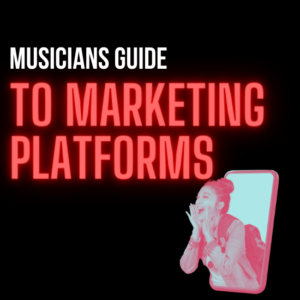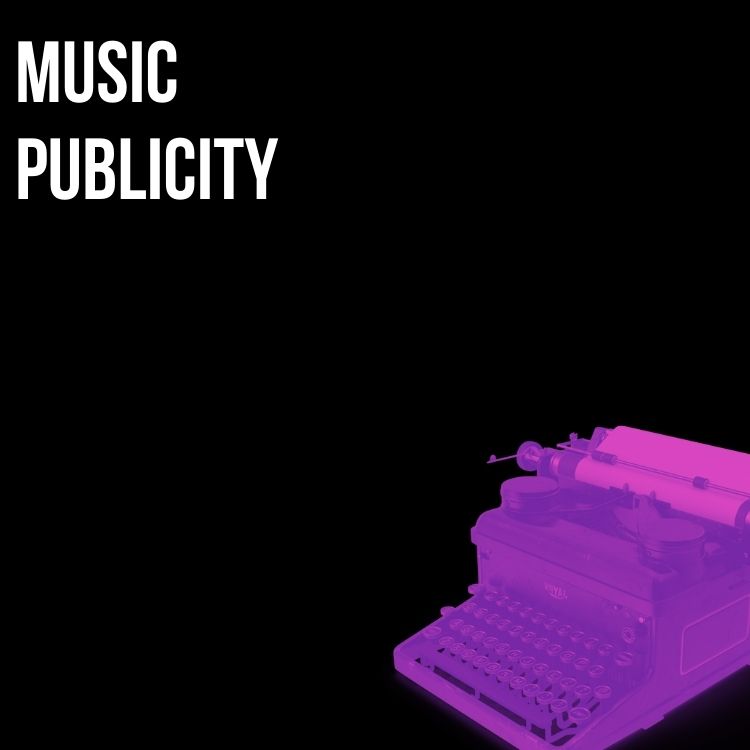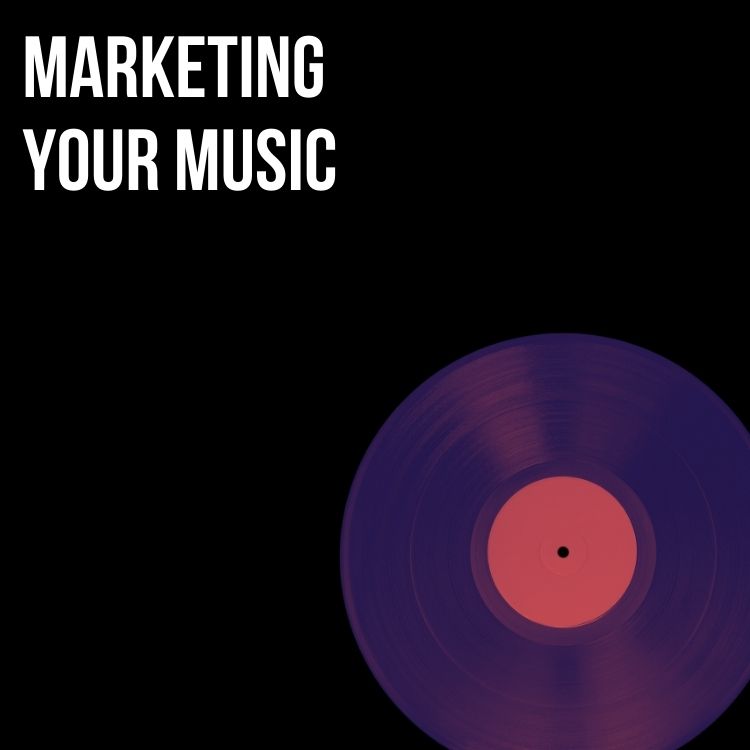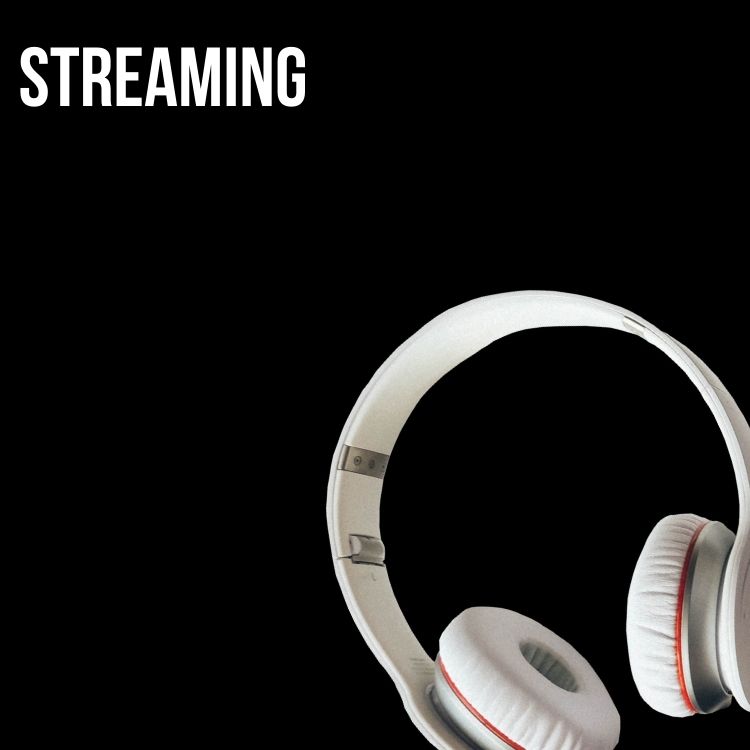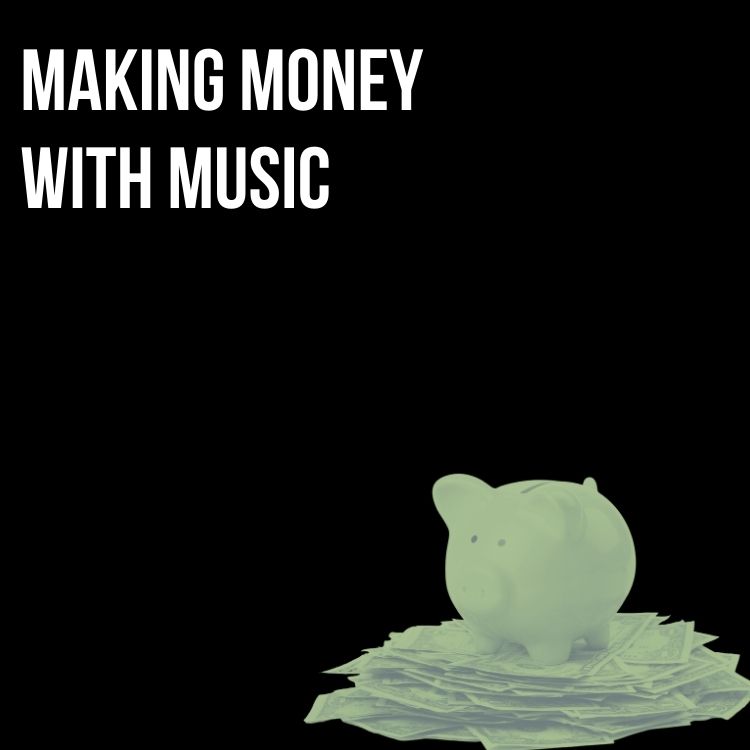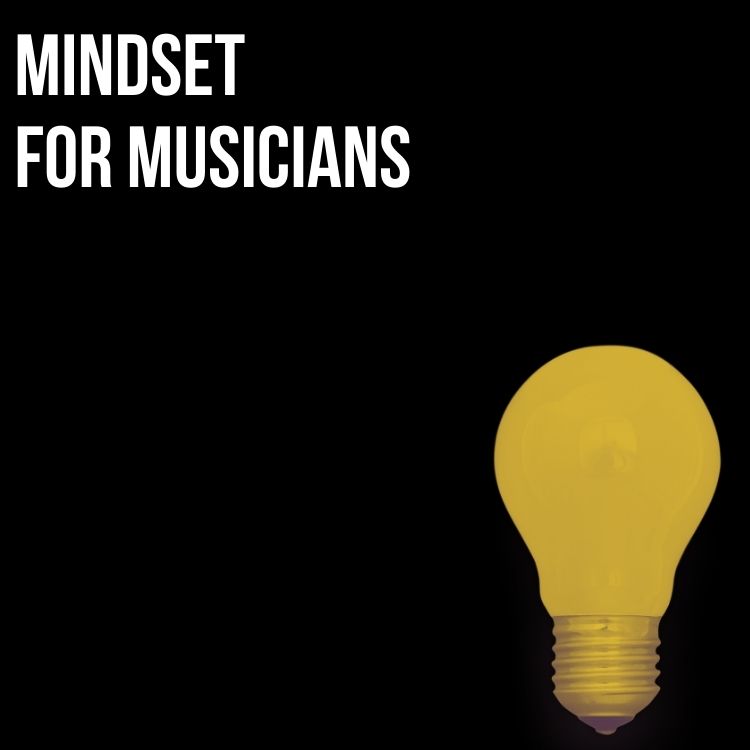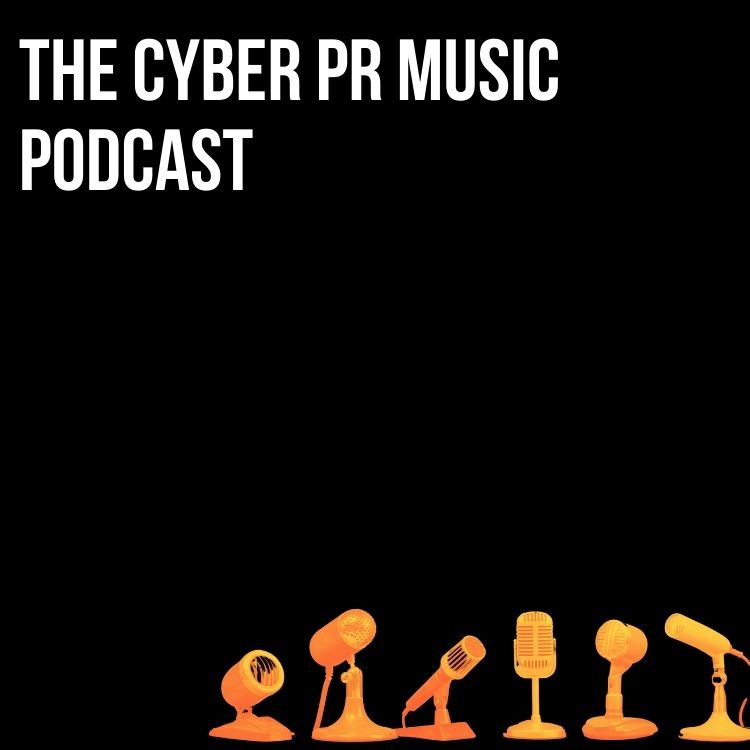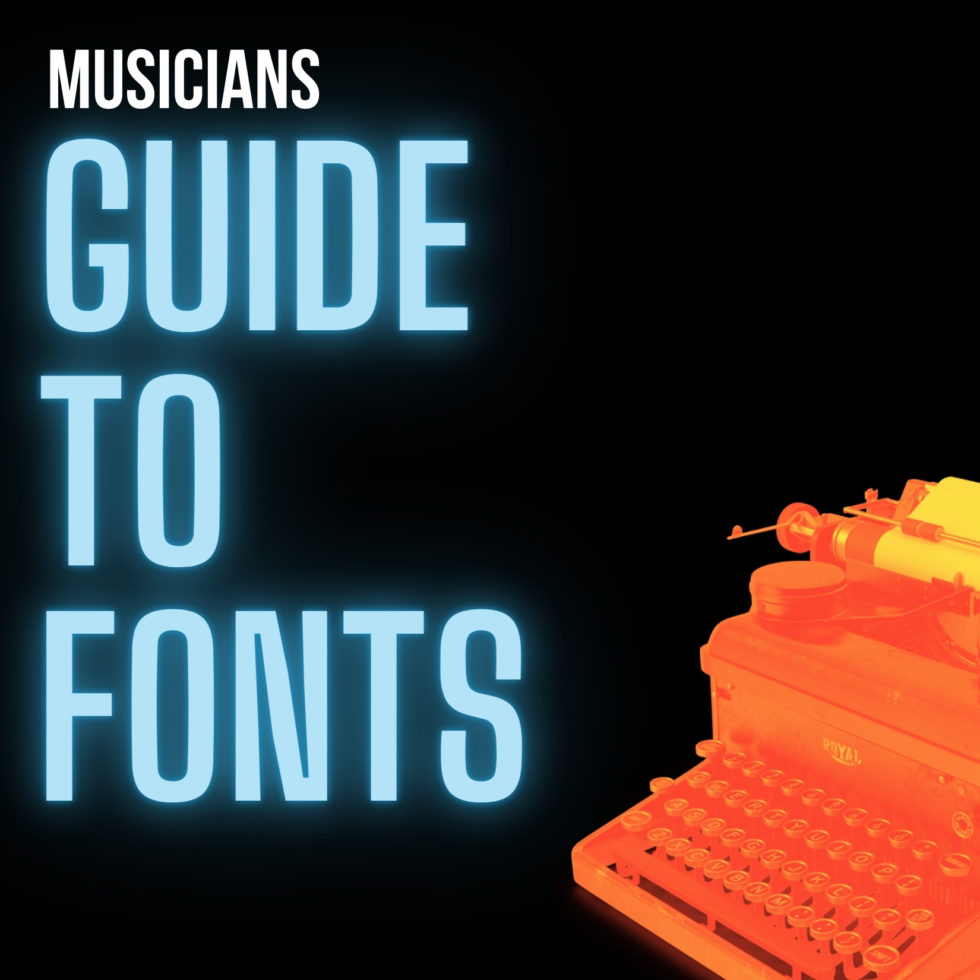
Creating an album cover is one of the most important parts of releasing your music. This is what people will see on a streaming platform before clicking play – so it needs to be on brand, be professional, and enchant the listener from first glance. Something we have noticed musician’s struggling with is the science that goes behind picking out the fonts to use on their album covers. It can be confusing to know what kind of font to pair with another. That’s why we’ve created this Musicians Guide to Fonts, written by our very own Director of Social Media & Design Kayla Coughlan, who studied fonts throughout her college career.
Font Type
You most likely have heard about the two most popular kinds of fonts: serif and sans-serif.

While these are the most popular, there are plenty of other kinds of fonts – like Calligraphic, Blackletter, Slab serif, and Handwriting (amongst others).
Serif
A serif font is one that has lines (or strokes) attached to the ends of the lettering. Examples: Garamond, Queen’s logo.


Sans-serif
A sans-serif font, in the plainest terms, is one that lacks those strokes. Examples: Futura, Johnny Cash’s logo.


Calligraphic
Calligraphic fonts are the fancy script ones that are commonly seen on things like wedding invitations. Examples: Billowing Script, Taylor Swift’s logo.


Blackletter
Blackletter (also called Gothic Script) is known as a timeless, classic font – commonly seen in prints of Medieval-themed writings. Examples: Old Charlotte, Allman Brothers Band’s logo.


Slab serif
Slab serifs are very bold fonts that have thick serifs, as compared to thin serifs. Examples: Sentinel, Outkast’s logo.


Handwriting
Handwriting is pretty self explanatory – it looks like handwriting. Many people confuse Calligraphic and Handwriting; one of the main differences between Handwriting and Calligraphic fonts is that Calligraphic fonts are exclusively script, whereas Handwriting fonts are not. Examples: Deepo, A Tribe Called Quest’s logo.


Pairing
Let’s talk about pairing fonts together in a design. A lot of designs we’ve seen by artists have the same font for the Album/Single Title as their Artist Name. This is a giant mistake. Using the same font on one design should only be executed if you’re writing something like this blog post (or a menu, a brochure, etc.) that needs to be separately labeled for different sections.
Serif & Sans-serif
This is the most obvious and most popular pairing. It’s simple to remember, and will look really clean and elegant on your cover. Polar opposite fonts are perfect to use – you want the contrast between your typefaces to be as great as possible.
It’s also important to make sure if you have a logo for your artist name (like your signature, or a specific font you use for your name as your logo) that it is consistently used on all of your cover art. The Song/Album title can vary in each design.

Calligraphic & Sans-serif
Most calligraphic fonts are thin and looping, so a bold sans-serif is it’s perfect pair! It juxtaposes the elegance of the Calligraphic font beautifully and gives the design a more romantic feel.

Calligraphic & Serif
If you’re going for more of a professional vibe than a romantic one, this is the way to go. Instead of juxtaposing the elegance as with Calligraphic & Sans-serif, a Serif font grabs onto it and enhances that feeling.

With all of this being said – font choice is really all about personal preference and branding! So make sure you have that down pat before you dive into this Musicians Guide to Fonts. Got your cover art squared away and ready to build out the rest of your release plan? Check out our 12 Week Step-By-Step Guide!

Subscribe for more!
Back to The Blog




